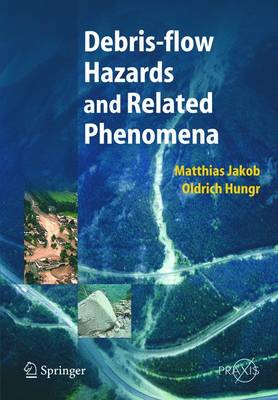Springer Praxis Books
2 total works
Debris-flow Hazards and Related Phenomena
by Matthias Jakob and Oldrich Hungr
With climate change and deforestation, debris flows and debris avalanches have become the most significant landslide hazards in many countries. In recent years there have been numerous debris flow avalanches in Southern Europe, South America and the Indian Subcontinent, resulting in major catastrophes and large loss of life. This is therefore a major high-profile problem for the world's governments and for the engineers and scientists concerned.
Matthias Jakob and Oldrich Hungr are ideally suited to edit this book. Matthias Jakob has worked on debris flow for over a decade and has had numerous papers published on the topic, as well as working as a consultant on debris flow for municipal and provincial governments. Oldrich Hungr has worked on site investigations on debris flow, avalanches and rockfall, with emphasis on slope stability analysis and evaluation of risks to roads in built-up areas. He has also developed mathematical models for landslide dynamic analysis. They have invited world-renowned experts to joint them in this book.

